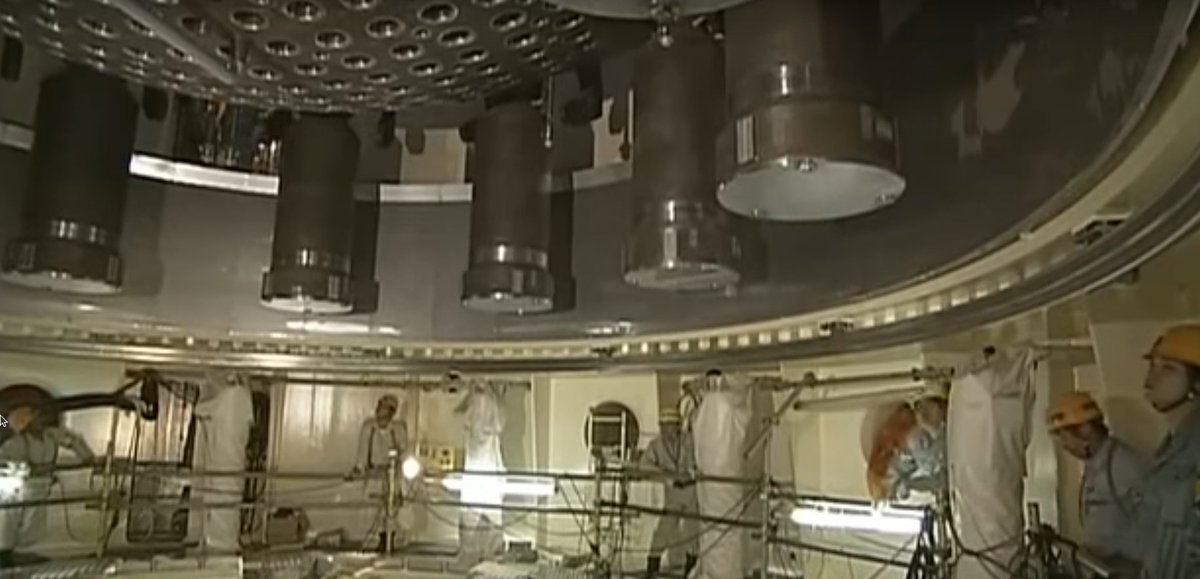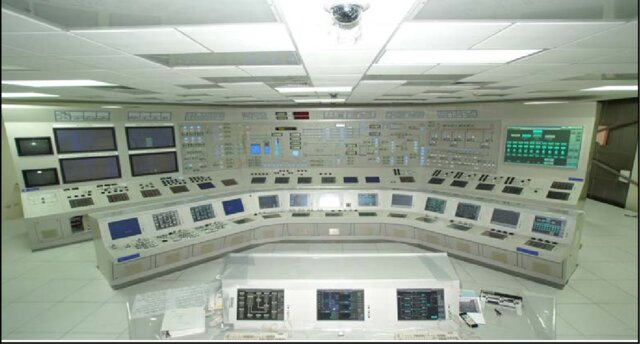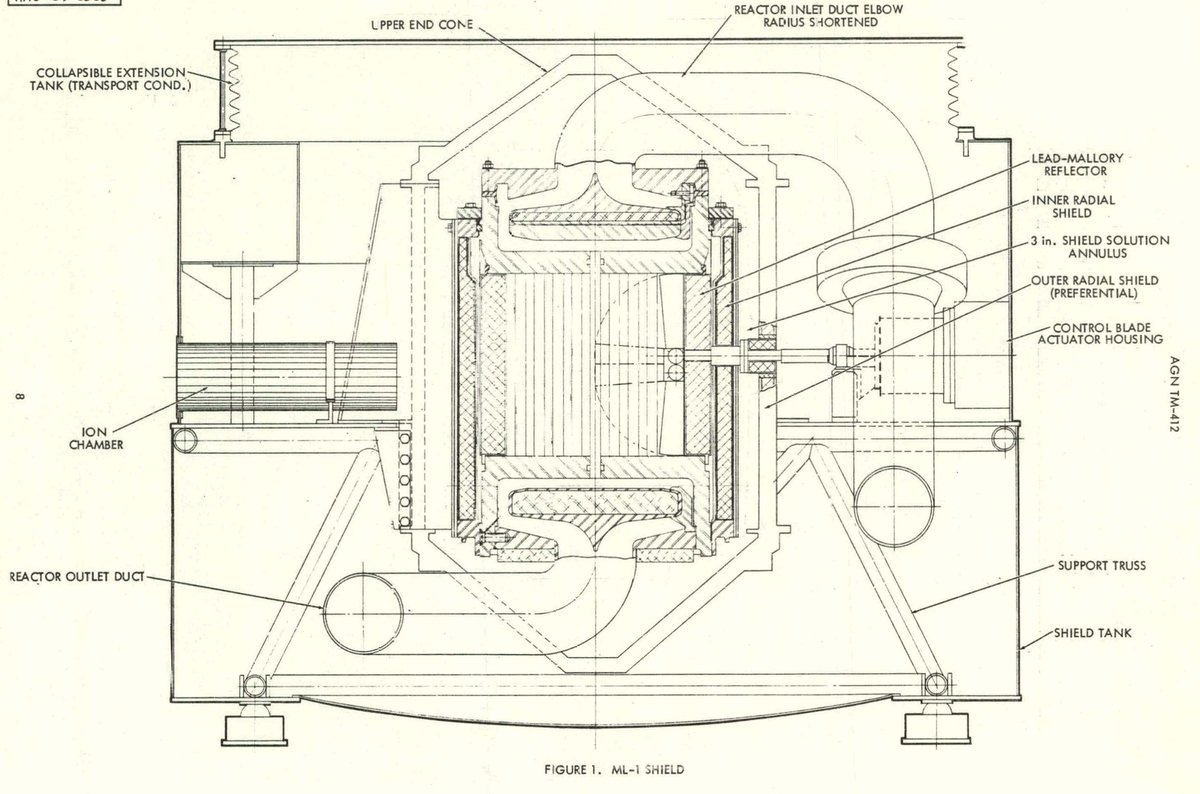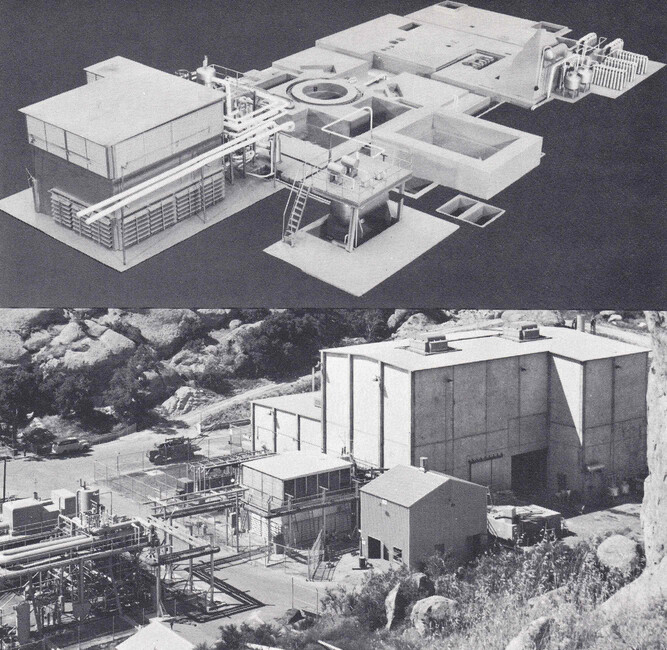The Advanced Boiling Water Reactor (ABWR) is the Dark Horse of today's nuclear reactors. It's modern, efficient, resilient, broadly licensed, and proven buildable in record time. (a 🧵...) 

Having been built before, it's (obviously) a fully-complete design, already licensed and ready to rock in the USA, Japan, and the UK. Here's its design certification from the NRC: nrc.gov/reactors/new-r… 

The first-ever ABWRs were built in record-setting time, 37 months & 15 days from groundbreaking to initial criticality. How's that for too slow? 😮 

Hitachi made an excellent video detailing how exactly they were able to deliver this. They simulated all aspects of construction in elaborate detail and perfected it before breaking ground.
https://twitter.com/whatisnuclear/status/1534620911629766656
The US had a pair of ABWRs ready to build, with full COLs issued at South Texas Project. But the project was ahead of its time; people weren't quite as excited about reliable clean energy as they are now. It'd be great to revive the project! nrc.gov/reactors/new-r… 

Taiwan started but never finished building a pair of ABWRs. Attempts to authorize their completion have started several times, but struggled. Now is an excellent time to complete them. They could make 5.5% of Taiwan's electricity clearly and reliably en.wikipedia.org/wiki/Lungmen_N… 

ABWRs have excellent Gen III resilience. They're designed for 0.3G earthquakes. Lungmen was upgraded to 0.4G. Their resilience was proven at KK6-7 during the Chuetsu earthquake in 2007, well above the design basis. (H/T @Brian_C_Johnson) tepco.co.jp/en/hd/ourbusin… 

ABWRs can load follow elegantly. You just change the speed of the internal recirculation pumps and the water density in the core changes, adjusting power rapidly without control rod motions or chemical shim. This can help meet demand and integrate nicely with renewables. 

Being the first type of reactor designed specifically for power stations, BWRs don't have steam generators or dissolved boric acid, greatly reducing several long term operational issues encountered at PWRs. 

In terms of getting climate impact from action, completing the already-started ABWRs in Taiwan may be about the most impactful thing anyone can do. What's it going to take to convince Taiwan to get these beautiful modern machines up and running? @AngelicaOung? 

And in the US, let's get someone restarting the efforts on the South Texas Project ABWRs!
(BTW thanks to @Brian_C_Johnson, one of the world's top nuclear engineers, for helping list the wonderful things about ABWRs. Too bad he doesn't tweet much.)
Direct link to that Shika 2 construction video here:
In case anyone has doubts, the ABWR is absolutely an advanced reactor. It's built based on decades of hard-learned experience from previous BWR models, plus it says so right in the name. The best definition of 'advanced' is when a design evolves based on real world experience.
• • •
Missing some Tweet in this thread? You can try to
force a refresh
























